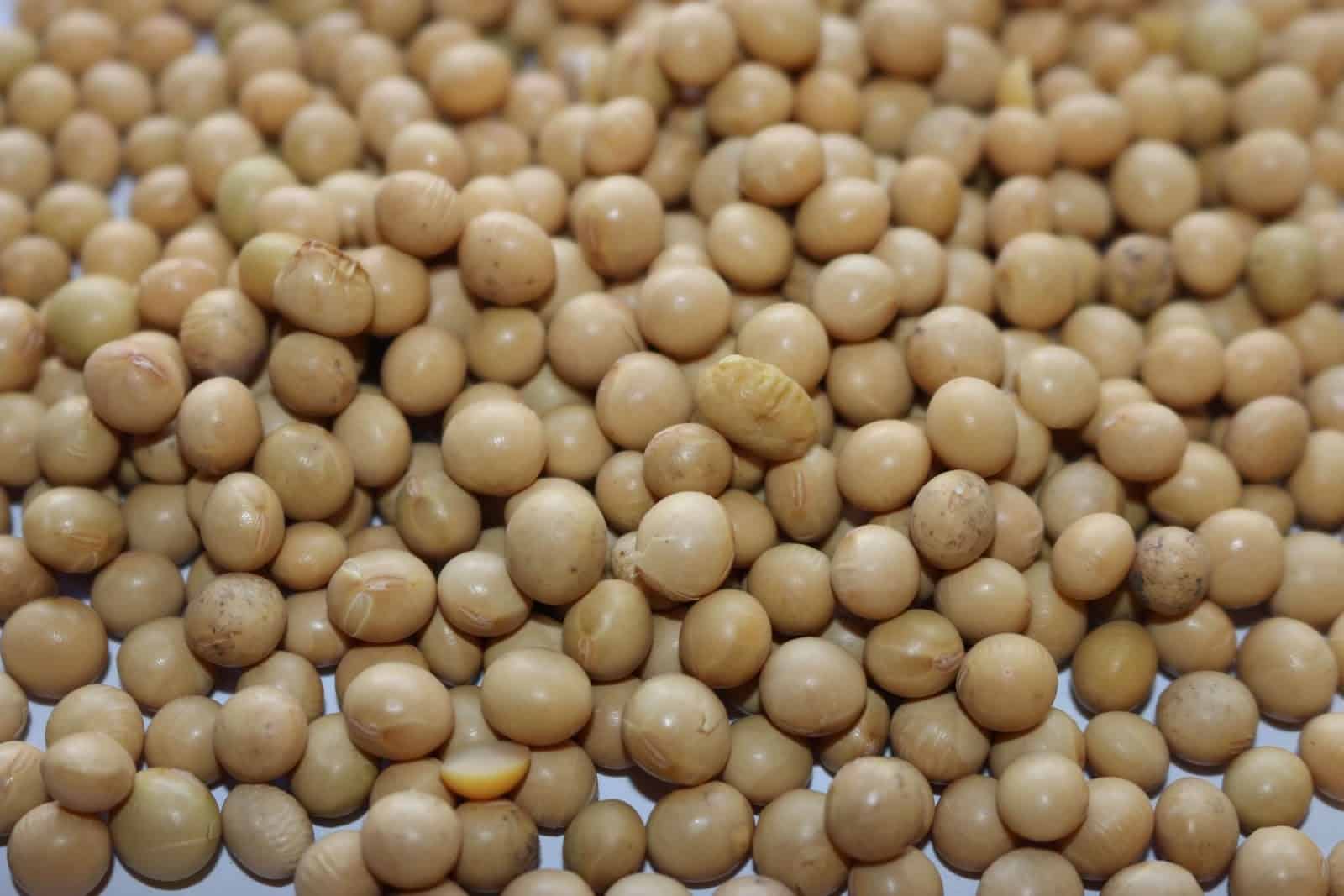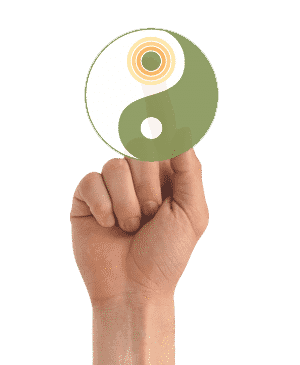THE ‘HEALTH FOOD’ THAT POISONS INFANTS, DISRUPTS HORMONES & CAUSES TUMORS

It’s with a heavy heart that I write this article, as up until now, I used to enjoy consuming this so-called ‘health food’.
But until recently, I discovered the ugly truth.
“But soy is a health food!”…. I angrily thought when I first read this.
But as I dug deeper; I discovered that fermented soy is the real super food.
“If fermented soy is really good for you, surely regular soy is good too?” – Unfortunately, that’s what the soy industry wants you to believe.
Clever marketing from the soy industry has hijacked the health benefits of fermented soy; claiming that that regular soy is equally as good.
Ironically; this assumption couldn’t be further from the truth.
As you progress through this article; you’ll learn some shocking truths of the terrible illnesses soy can cause… including cancer.
If you’re a soy lover (like I used to be), I encourage you to read on with an open mind.
These facts have been collected from a wide range of doctors as well as double-blind research to eliminate any bias. These doctors have no financial gain or agenda from reporting these dangers. And neither do I.
Video by Dr Josh Axe
On the flipside; when conducting your own research, be wary of ‘astroturfing’. This is where corporations or industries with an agenda try to muddy the waters with conflicting evidence (often paying scientists to conduct bogus research) in a bid to protect their own interests.
Make sure you read until the end to discover the fermented soy products that are really good for you.
Why is soy so popular?
As mentioned above; the soy industry was keen to ‘ride the coattails’ of fermented soy. So they launched a massive ad campaign to promote soy and fermented soy – as having equal health benefits.
This caused a massive shift in the public’s attitude towards soy; skyrocketing sales over a 10 year period from 300 million to 10 billion.
Soy is very cheap to produce and process. It’s also very high in protein and low in calories. So it’s a very attractive ingredient for food manufacturers and marketers alike.
Phytoestrogens… are they good for you or bad for you?
Soy is high in phytoestrogens – which is a plant-based estrogen (‘phyto’ meaning plant).
This is where the water gets muddy. Some sources will tell you phytoestrogens are good for you… and some will tell you the opposite.
Phytoestrogens are a known endocrine disruptor… these disruptions can cause cancerous tumors, birth defects, and other developmental disorders.
Yet there are many studies reporting that phytoestrogens are good for you. Such as reducing blood pressure and lowering cholesterol levels. But then again, could these studies be funded by the soy industry? It’s hard to tell.
Drinking soy milk is a sure-fire way to consume unnatural amounts of phytoestrogens. If you watch the video below by Dr Eric Berg; he is adamant that these phytoestrogens disrupt the body’s hormonal balance, creating estrogen dominance – even citing an instance where two of his male patients consumed so much soy milk that they began to lactate!
Video by Dr Eric Berg
Soy is goitrogenic
There are many foods that have goitrogens, but soy is at the top of the list.
Goitrogens suppress the thyroid gland by blocking its ability to absorb iodine. The thyroid gland needs iodine to produce hormones.
Your thyroid produces hormones that are largely responsible for regulating your metabolism.
Prolonged iodine deficiency (from an excess of goitrogens) can result in hypothyroidism, which means you’ll gain weight no matter how much you diet and exercise.
(Click here: If you suspect you may have a thyroid problem check out this article )
And in some cases; hypothyroidism can lead to thyroid cancer.
Soy is rich in trypsin inhibitors
Trypsin is an enzyme in our stomach that is crucial to digesting proteins. The trypsin inhibitors in soy have been known to cause pancreatic disorders – which are often the gateway to a host of serious diseases like cystic fibrosis, pancreatitis, or in the worst case; pancreatic cancer.
Soy is naturally high in ‘anti-nutrients’
Soy contains naturally occurring anti-nutrients such as:
Phytic acid – which disrupts the gut’s ability to absorb minerals such as; Iron, calcium, magnesium, and zinc.
Soyatoxin – (21 kDa) and soybean toxin (18.4 kDa), which are immunologically related to canatoxin
Saponins – a toxic glycoside with a distinctive foaming characteristic
Protease inhibitors – protease enzymes play an important role in your stomach that break down peptide bonds in proteins.
Oxalates – In high doses can cause urinary problems, kidney stones and gout.
Acid washing
Soybeans are commercially processed in aluminum tanks with acid. This results in high levels of aluminum leaching into the final product.
Soy baby formula – a formula for disaster
Because soy is processed with acid washing; soy baby formula has up to 75 times more magnesium than regular baby formula – not to mention high levels of aluminum.
Aside from all the dangers; there are no health benefits to feeding your baby soy formula.
There is no evidence that a soy formula will soothe your baby if they are suffering from colic.
The dangers of GMO
90% of soy crops in the US are GMO (genetically modified).
Monsanto; the company who owns the patent to this GMO variety, needed a genetically modified version of soy to withstand high doses of their toxic herbicide – Roundup
Roundup kills everything except the soybean plant, so farmers can maximize their yield and profits.
This toxic herbicide leeches into the soybean, which can cause a multitude of diseases… but most notably; food allergies in children.
This stems from GMO soybeans containing a gene that is alien to the human food chain. This gene infects the DNA of our gut bacteria and continues to grow – even years after you stop eating GMO soy.
So what soy products are the real superfood?
- Fermented tofu (not regular tofu)
- Miso (a fermented paste used in miso soup)
- Traditionally fermented soy sauce or tamari sauce (be wary of cheaply made soy sauce)
- Tempeh (a fermented soy ‘cake’)
- Natto ( a sticky, pungent Japanese breakfast often served with rice and seaweed)

But what about all the ‘bad stuff’?
The fermentation process removes all the anti-nutrients and toxins. Only then can the beneficial properties kick in such as heart and vascular health, healthy probiotics (gut health) and cancer resistance.
What’s more is that the fermentation process produces the vitamin K2 that has a blood thinning effect that can reduce blood clotting and vascular disease. K2 is also considered a key component in maintaining bone mineral density.
Soy alternatives
For most people; cutting out non-fermented soy from your diet can be relatively easy (if you read your food labels).
But not so much for vegetarians…
Despite the health dangers of soy; moderation is key. Consuming small amounts of soy products occasionally is fine.
Ideally, try to avoid the worst culprits such as soy milk – try substituting soy milk for almond milk.
Check out this great blog on vegan soy-free recipes
So when you weigh these facts up; it’s easy to conclude that the risks outweigh the possible benefits.
I welcome any comments in the comments section below… I’ve done my best to site reputable resources from doctors, scientific journals and health committees – so if you have anything to add, please include a link from a trustworthy source for me to check out.
Your health is your wealth!
https://www.breastcancer.org/research-news/soy-may-turn-on-genes-linked-to-cancer






